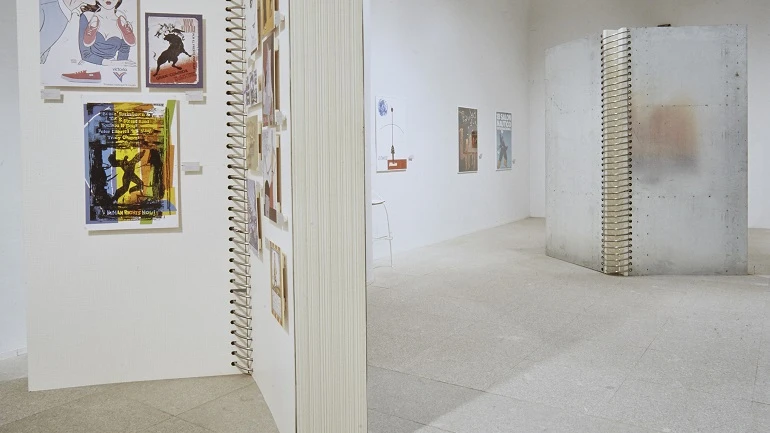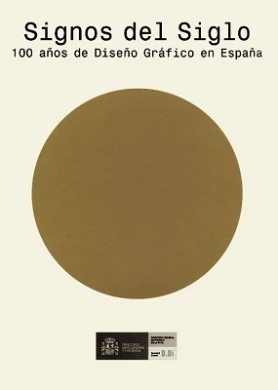Signs of the Century: 100 Years of Graphic Design in Spain

The obligation of design for the utility and adaptability demanded by different contexts, the fact that it remains superfluous to the work of art and its purpose as being accessible for all and sundry mean that it is considered as a discipline for the majority, not the minority. On top of that there is its effective improvement of companies' profitability, and their recognisable corporate image, that enables them to access new markets, generate empathy and ensure customer loyalty.
By virtue of over two hundred examples, this exhibition compiles significant cases of collaboration between design companies and professionals representing genuine commercial success and a wide market scope. It also gives visibility to the presence of design in our daily lives whilst also demonstrating its function and social utility.
The works displayed are arranged into three areas. The first, set up in the Jardín Sabatini of the Museo Nacional Centro de Arte Reina Sofía, is the installation of a large aerostatic sphere. The inside is devised as a clock that represents the different times of the day and links the different “signs” created by design professionals. From the time we get up in the morning we are accompanied by toiletries, breakfast products and radio stations. The design of tickets from different methods of transport, coins and notes, traffic signs, all travel with us as we reach our school, university or company, and all possess a corporate image - the result of design. Lunchtime, food and drink products bring design to our attention once more; after-work activities, bursting with examples: posters, concerts, exhibitions, sports, shopping, theatre, bullfighting, etc. are all represented with an appearance provided by designers.
The exhibition continues on the third floor of the Museo with the section “100 Signs of the Century”, offering a general vision of certain paradigmatic cases in Spanish graphic art over the last one hundred years. Each year is represented by an object, a “sign” that discusses the relatively popular initiatives, products and services in public and private institutions and large and small companies that owe their success to graphic design. The section also journeys through the 20th century, starting with the menu of Els Quatre Gats, the bar and exhibition and entertainment venue in Barcelona designed by Pablo Picasso in 1900, and ending up in 1999 with the Internet culture and designs by the users of Miguel Ripoll. It moves through the design of traffic signs from 1908, a Freixenet poster from 1920, Spanish playing cards designed by Luis Alemany in 1935, a Tío Pepe bottle garbed in a Cordobés outfit designed by Luis Pérez Solero in 1945, the TVE logo designed by Emilio Sáez in 1955, the covers of Alianza Bolsillo designed by Daniel Gil from 1965 onwards, the “Farias” cigar box designed by Ricardo Rousselot in 1978, the image for the ARCO trade show designed by Carlos Rolando in 1987, and many, many more.
To conclude, the seven rooms joined under the name “The Languages of Design” are devoted to the resources used by designers: Pictograms, typography, black and white as a reference to the beginnings of print in its purest form, colour and its symbolic and emotional role, image and illustration, forms and textures and, finally, movement, animated graphic design in film, television and the Net.
The exhibition was preceded by the exhibit held in the Centro de Arte Reina Sofía in 1987 entitled Diseño en España (Design in Spain), which features the innovations from Spanish design applied to industry.
Artists
Organised by
Museo Nacional Centro de Arte Reina Sofía, Ministerio de Economía y Hacienda and Sociedad Estatal para el Desarrollo del Diseño y la Innovación
Image gallery

